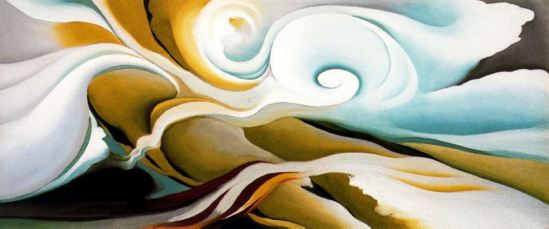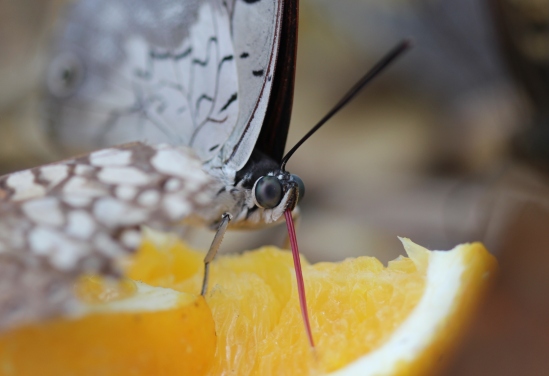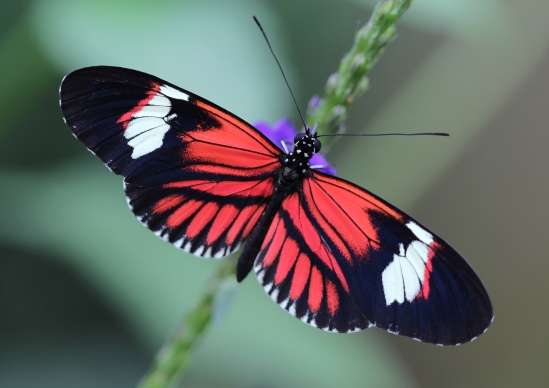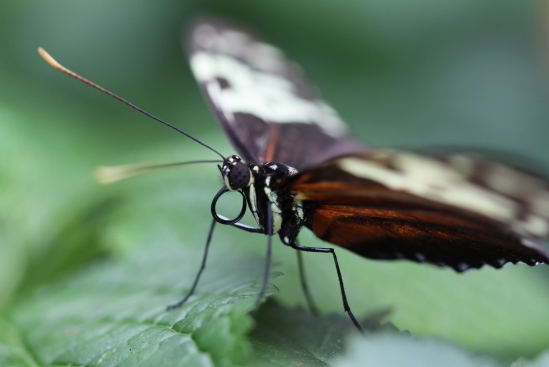This past Saturday, I hopped on the subway and headed downtown to see the Georgia O’Keeffe retrospective at the Art Gallery of Ontario. Here is a brief review.
.
 ABOVE: Georgia O’Keeffe, My Front Yard, Summer, 1941, oil on canvas, 20 x 30 inches
ABOVE: Georgia O’Keeffe, My Front Yard, Summer, 1941, oil on canvas, 20 x 30 inches
BELOW: Georgia O’Keefe, Nature Forms – Gaspe, 1932, oil on canvas
Georgia O’Keeffe had a long and storied career that spanned many decades, so a full accounting of her life and work would be a tall order for any institution. That said, the people who put this exhibition together tried, and for that they deserve credit. This show isn’t perfect, but it’s still pretty good. Here are my thoughts:
There are a lot of pieces on display, and for the most part, they are shown in chronological order. While I would have liked to see more cityscapes (as they are my favorite of her works) there are at least a few key pieces from each phase of her artistic journey. Interspersed throughout, are numerous photographs of O’Keeffe, posing, and at work in her studio. These bring context to the exhibition, and being shot by the likes of Ansel Adams and Alfred Steiglitz, are exceptional on their own.
While walking through the galleries, I overheard a couple complaining that there were only “6 flowers in the show.” While this is true, the quality of what is on display is pretty impressive. O’Keeffes craft is really tight, and her paintings are very well made. You can rarely spot a pencil line in her work, which shows a strong attention to detail, and a labor intensive practice. She wasn’t whipping these things off, she was taking her time.
In terms of imagery, the retrospective does an excellent job of highlighting some of O’Keeffes many influences, namely abstraction and minimalism – her simplest works are quite calming. In terms of palette, her greens, whites and blues really pop. Her reds, not so much.
Pleasantly, there is a Canadian connection to all this, that being her painting “Nature Forms – Gaspe”. It was, by far, my favorite piece in the exhibition. It’s small, and tucked into a corner, but judging by the murmurs around it, seemed to impress everyone who saw it – not just me.
All said and done, this is a fairly well thought out exhibition, that while lacking some blockbuster pieces, gives a good accounting of the life and work of one of the 20th centuries greatest artists. If you’re a fan of her work, I highly suggest you go.
Georgia O’Keeffe is at the Art Gallery of Ontario until July 30, 2017.





 ABOVE: Photo by
ABOVE: Photo by 


